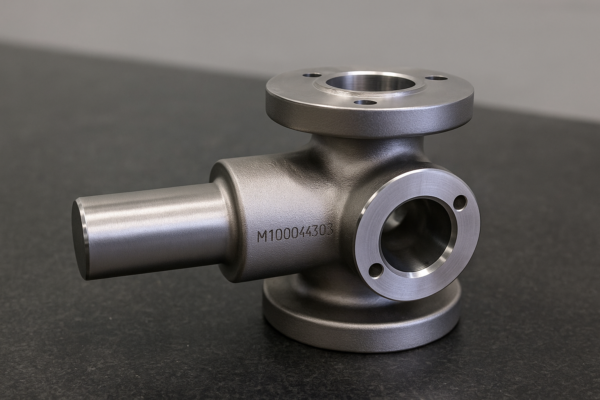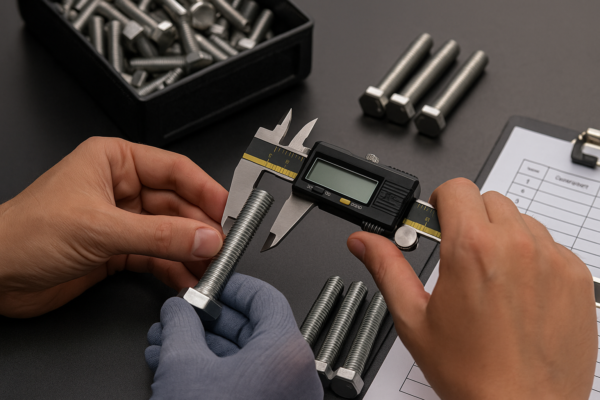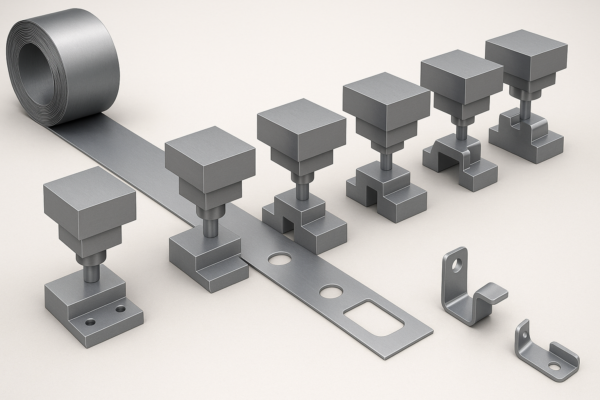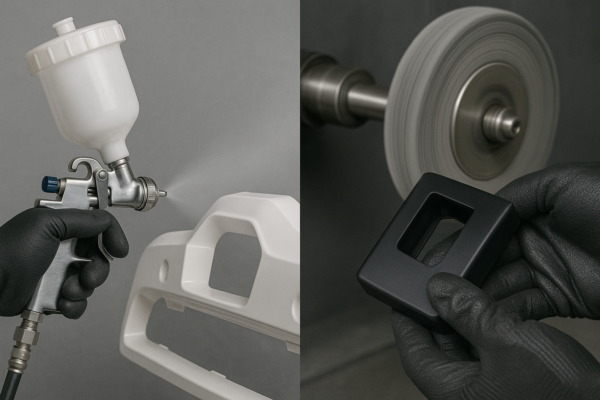What is the greatest danger when working with sheet metal?

Sheet metal is sharp and heavy. Without proper safety measures, serious injuries happen fast.
Working with sheet metal carries risks like cuts, burns, and heavy lifting injuries if safety is ignored.
Stay with me. I will explain how to stay safe and choose the right partners like Prime to avoid these risks.
What are the risks of being a sheet metal worker?
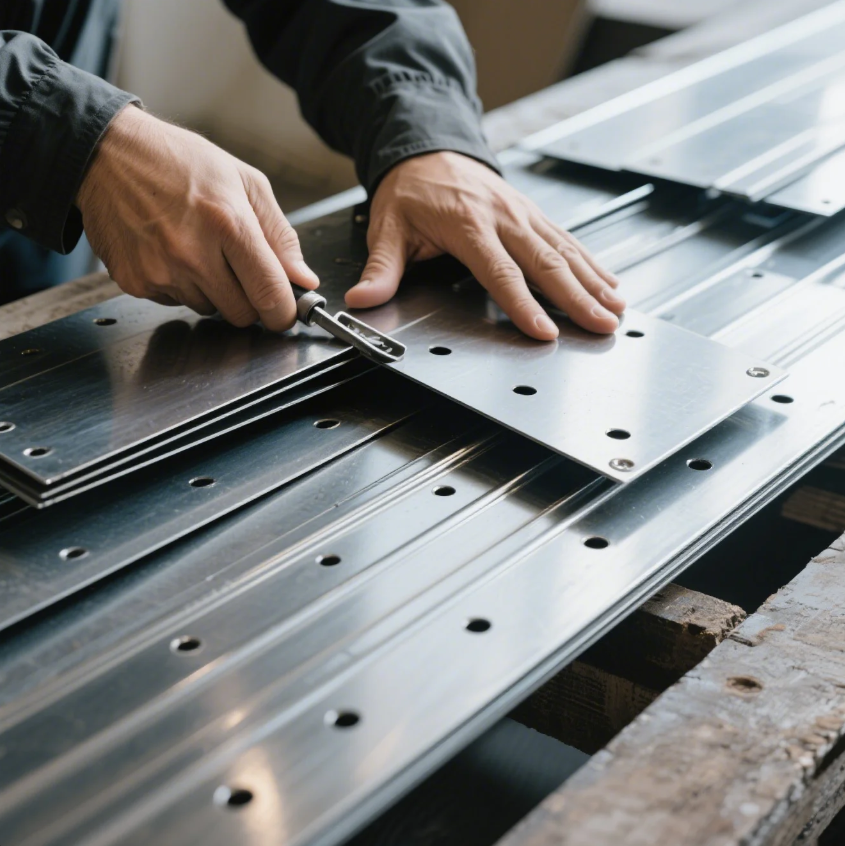
Sheet metal work is rewarding but dangerous. Sharp edges, heavy materials, and high-heat tools create serious threats.
Sheet metal workers face dangers like lacerations, burns, crush injuries, and eye damage without the right protection.
Common Injuries in Sheet Metal Work
Sheet metal edges are razor-sharp. It is easy to get deep cuts. Burns happen from welding or grinding operations. Heavy sheets can crush fingers or even cause back injuries when lifted wrong.
Here is a simple table of major risks:
| Risk Type | Description | Example |
|---|---|---|
| Cuts and Lacerations | Sharp edges slice skin | Handling raw sheets |
| Burns | Contact with hot metal or tools | After welding |
| Crushing Injuries | Heavy sheets fall or shift | During lifting |
| Eye Injuries | Flying metal shards | Cutting or grinding |
Real-World Challenges
When I first entered this industry, I underestimated sheet edges. One wrong grab without gloves and I ended up needing stitches. It taught me that PPE (personal protective equipment) is not optional.
At Prime, we train every worker on this from day one. We also ensure our "custom stamping parts supplier" team uses protective gear on every shift.
What are the safety precautions when working with sheet metal?
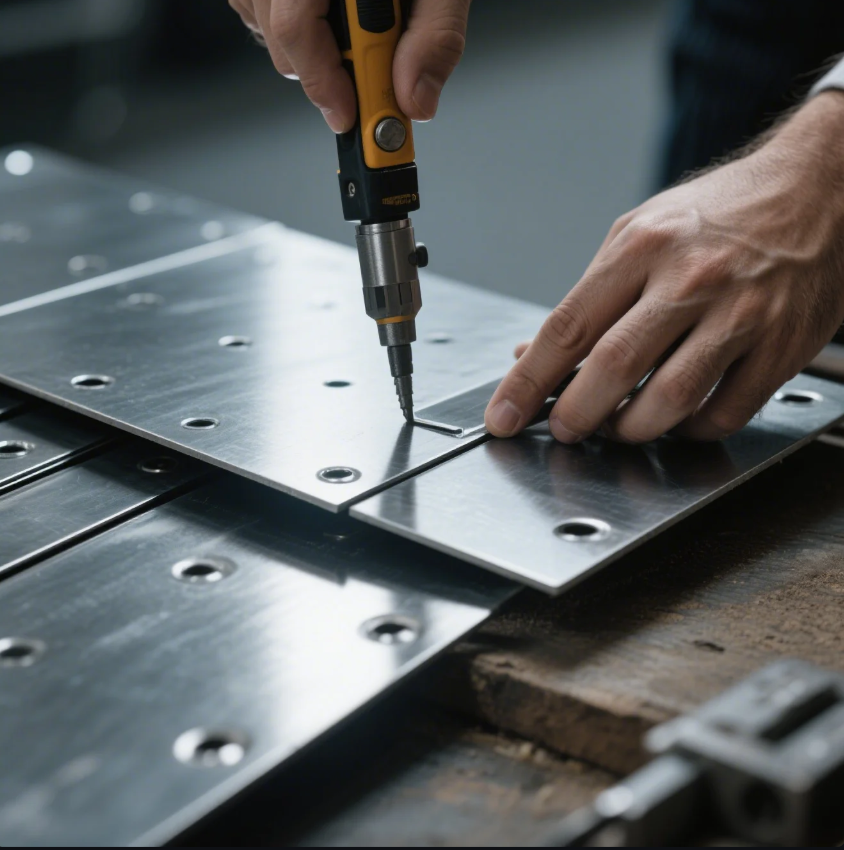
Proper gear, careful handling, and smart shop layouts reduce accidents and protect workers’ health.
Safety rules like wearing gloves, eye protection, and using the right tools help prevent serious injuries.
Essential Personal Protective Equipment (PPE)
The first line of defense is simple: Wear proper PPE.
| PPE Item | Purpose | Example Use |
|---|---|---|
| Cut-Resistant Gloves | Protect hands from sharp edges | Handling raw sheets |
| Safety Glasses | Shield eyes from flying debris | Grinding or cutting |
| Steel-Toed Boots | Guard feet against dropped parts | Moving heavy panels |
| Aprons or Protective Clothing | Prevent burns and cuts | Welding tasks |
Handling and Lifting Techniques
Heavy metal sheets are unforgiving. Always lift with the legs, not the back. Use team lifts or lifting aids when necessary. We make this a must inside Prime’s factories.
Organized Workspaces
Clutter kills. At Prime, each workstation is designed to avoid unnecessary movement, reducing accidents. Every tool has its place. This helps especially in high-speed environments like ours, where we deliver "precision CNC parts machining" products with strict deadlines.
What are the hazards of metal working?
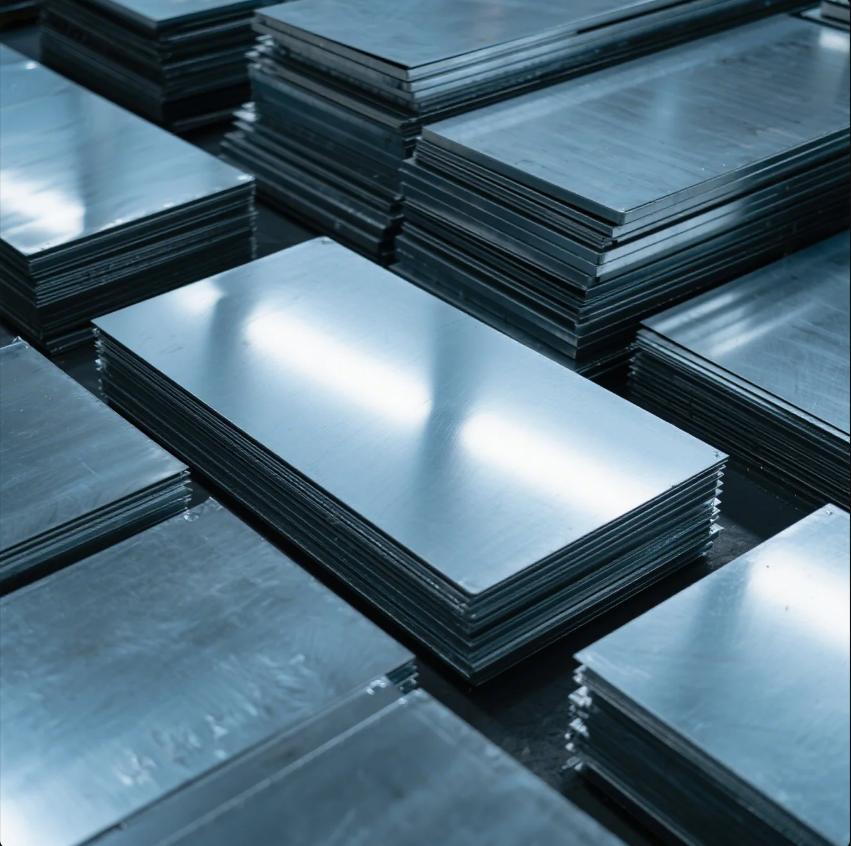
Beyond cuts and burns, long-term exposure to dust, fumes, and noise can cause chronic health problems.
Metal work hazards include noise-induced hearing loss, respiratory issues, and repetitive strain injuries.
Chemical and Fume Exposure
Working with metals often involves cutting fluids, welding fumes, or solvent cleaners. Without ventilation or respirators, these chemicals damage lungs over time.
Here is a hazard breakdown:
| Hazard | Cause | Impact |
|---|---|---|
| Welding Fumes | Heated metal releases gases | Respiratory illness |
| Noise | Machines running for long hours | Hearing loss |
| Dust | Grinding and cutting operations | Lung diseases |
| Repetitive Movements | Repeated motions over years | Carpal tunnel syndrome |
Noise Control
Inside Prime’s "ISO certified casting parts manufacturer" workshops, we install noise barriers and provide hearing protection. This is critical because once hearing is lost, it cannot be restored.
When I visited a partner factory without proper noise controls years ago, I noticed how many workers wore hearing aids before age 50. It was a harsh reminder to never skip on safety investments.
Is sheet metal work hard on the body?

Yes, it challenges muscles, joints, and overall stamina. It requires physical strength, flexibility, and proper ergonomic practices.
Sheet metal work is physically demanding, causing fatigue, back pain, and joint strain without good techniques.
Physical Strain and Recovery
Sheet metal workers bend, lift, and twist constantly. Without good body mechanics, injuries build up over time.
Here is what usually happens:
| Body Part Affected | Common Problems | How to Prevent |
|---|---|---|
| Lower Back | Muscle strains, herniated discs | Lift correctly, use mechanical aids |
| Knees | Wear and tear from kneeling | Use knee pads, alternate positions |
| Shoulders | Rotator cuff injuries | Avoid overhead lifting, stretch regularly |
How Prime Helps Our Team
We invested in ergonomic tools and workstations to protect our people. Our in-house production lines for "custom stamping parts" and "precision CNC parts machining" are designed to minimize unnecessary strain.
I remember one case where an older worker at our partner facility refused help with lifting. A year later, he needed surgery. Since then, we made team-lifting mandatory for sheets over a certain weight.
Conclusion
Sheet metal work is dangerous but manageable with the right steps. Partner with Prime to ensure quality, fast delivery, and worry-free sourcing.
———

